Eye Cancer Treatment Side Effects is a group of physical and emotional reactions that arise from therapies used to treat malignant tumors of the eye, such as ocular melanoma and retinoblastoma. They can affect vision, comfort, energy levels, and mental well‑being. Understanding what to expect and how to intervene makes the journey far less overwhelming.
Why Side Effects Matter
When the eye is the battlefield, doctors must use powerful weapons-radiation, drugs, or immune boosters. Each weapon carries a unique risk profile, and the side effects often dictate quality of life more than the tumor itself. A patient who can keep reading, drive, or enjoy a sunset is more likely to stick with treatment and achieve better outcomes.
Common Ocular Side Effects
Dry Eye is a condition where the tear film evaporates too quickly, leaving the surface of the eye raw and irritated. Radiotherapy can damage the lacrimal glands, while certain chemotherapeutic agents disrupt tear production. Symptoms include burning, gritty feeling, and blurred vision, especially after screen time.
Photophobia is heightened light sensitivity that makes bright environments uncomfortable. It frequently follows plaque brachytherapy for ocular melanoma because the sclera absorbs extra radiation.
Vision Loss ranges from mild blurring to total blindness, depending on tumor location and treatment modality. While some loss is inevitable, proactive measures can preserve as much function as possible.
Systemic Side Effects That Echo in the Eyes
Chemotherapy agents such as Methotrexate is a folate antagonist used in intra‑ocular lymphoma and some melanoma protocols can cause nausea, fatigue, and hair loss. Those systemic feelings often magnify eye‑related discomfort, making it harder to adhere to eye‑drop regimens.
Immunotherapy is a treatment that boosts the body’s own immune cells to attack cancer. Checkpoint inhibitors like pembrolizumab may trigger uveitis-an inflammation of the middle eye layer-that mimics infection.
Medical Strategies to Tame the Symptoms
Every side effect has at least one evidence‑backed remedy. For dry eye, preservative‑free artificial tears are first‑line; cyclosporine‑A eye drops (Restasis) improve tear production after several weeks. In cases of radiation‑induced keratopathy, hyper‑osmotic lubricants and punctal plugs keep tears on the surface longer.
Photophobia often responds to tinted lenses-FL‑41 amber glasses reduce glare without compromising color perception. For acute eye inflammation from immunotherapy, short courses of topical steroids (prednisolone acetate 1%) rapidly calm the ocular surface.
When vision drops, low‑vision rehabilitation becomes essential. Low Vision Aids are optical devices like magnifiers, telescopic glasses, and electronic readers designed to maximize remaining sight. An occupational therapist can customize a plan that includes high‑contrast keyboards and screen‑reading software.
Supportive Care: The Human Factor
A knowledgeable Oncology Nurse is a specialist who coordinates chemotherapy schedules, monitors side effects, and provides education on home‑care techniques. Regular check‑ins with this nurse reduce emergency room visits by catching problems early.
Psychological resilience matters as much as medication. Studies from the Royal Australian and New Zealand College of Ophthalmologists show that patients who attend counseling report a 30% lower rate of treatment‑related anxiety.
Peer support groups, whether in‑person at Sydney’s Eye Cancer Centre or online forums, give patients a safe space to swap coping hacks-like using a humidifier at night to ease dry eye or practicing mindfulness to manage nausea.
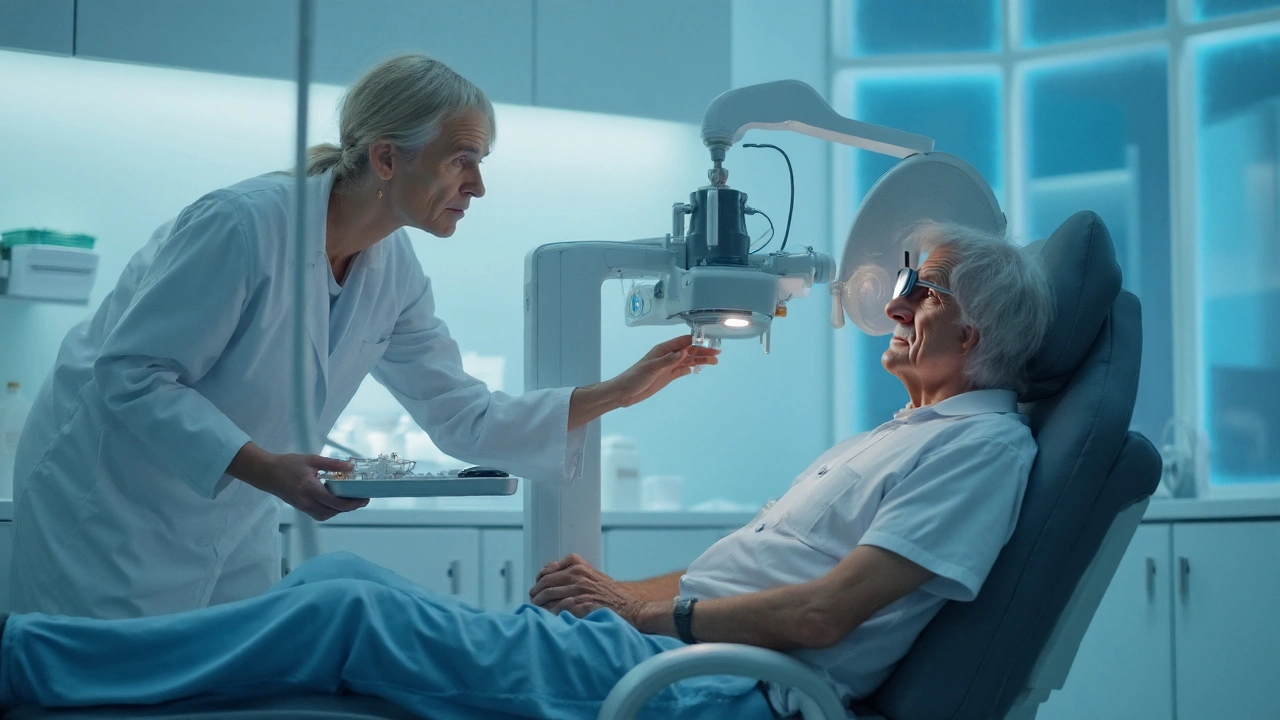
Lifestyle Tweaks That Make a Difference
- Stay hydrated: aim for 2‑3L of water daily to support tear production.
- Nutrition: omega‑3‑rich foods (salmon, flaxseed) improve lipid layer quality of tears.
- Screen hygiene: follow the 20‑20‑20 rule (every 20min, look 20ft away for 20seconds) to reduce eye strain.
- Sleep: a regular 7‑9hour schedule aids tissue repair after radiation.
- Protective eyewear: UV‑blocking sunglasses shield healing tissue from sun‑induced inflammation.
Comparison of Major Treatment Modalities
| Modality | Typical Ocular Side Effects | Systemic Side Effects | Common Mitigation |
|---|---|---|---|
| Radiotherapy | Dry eye, cataract formation, radiation‑induced retinopathy | Fatigue, skin erythema | Artificial tears, cataract surgery, regular retinal exams |
| Chemotherapy | Uveitis, keratitis, temporary vision haziness | Nausea, immunosuppression, alopecia | Topical steroids, anti‑emetics, growth‑factor support |
| Immunotherapy | Uveitis, optic neuritis, dry eye | Endocrine disturbances, colitis, pneumonitis | Systemic steroids, close monitoring of immune markers |
Connecting the Dots: Related Topics to Explore
Understanding side effects opens doors to broader conversations. Readers may also want to learn about Ocular Melanoma Staging which determines treatment intensity, the role of Genetic Testing for retinoblastoma predisposition, and advances in Proton Beam Therapy that reduces collateral damage compared with conventional radiotherapy. Those deeper dives complement the coping strategies outlined here.
Next Steps for Patients and Caregivers
- Schedule a baseline eye exam before starting treatment; document visual acuity, tear film quality, and ocular pressure.
- Create a side‑effect log: note symptoms, severity, and what helped.
- Ask the oncology team about prophylactic eye‑drop regimens and possible need for punctal plugs.
- Identify a local support group; the Eye Cancer Support Network in Sydney meets monthly.
- Consult a low‑vision specialist at the first sign of lasting vision change.
Frequently Asked Questions
What are the earliest signs of radiation‑induced dry eye?
Patients often notice a gritty sensation or a feeling of sand in the eye within the first few weeks after radiotherapy. Redness and intermittent blurry vision, especially after reading, are also common early cues.
Can I continue wearing contact lenses during chemotherapy?
It depends on the specific drug and the health of your cornea. Many oncologists advise switching to glasses during the most intensive cycles to reduce infection risk, then re‑evaluating after treatment.
How effective are artificial tears for managing treatment‑related dry eye?
Preservative‑free drops provide immediate relief for mild to moderate dryness. For severe cases, adjuncts like cyclosporine or punctal plugs improve long‑term tear stability.
Is there a link between immunotherapy and optic neuritis?
Yes. Immune checkpoint inhibitors can trigger inflammation of the optic nerve in 1‑2% of patients. Prompt steroid treatment usually restores vision, but early detection is key.
What lifestyle changes help reduce treatment fatigue?
Gentle aerobic activity (walking, swimming) three times a week, regular hydration, balanced meals rich in protein, and scheduled rest periods have all been shown to lower fatigue scores in oncology patients.

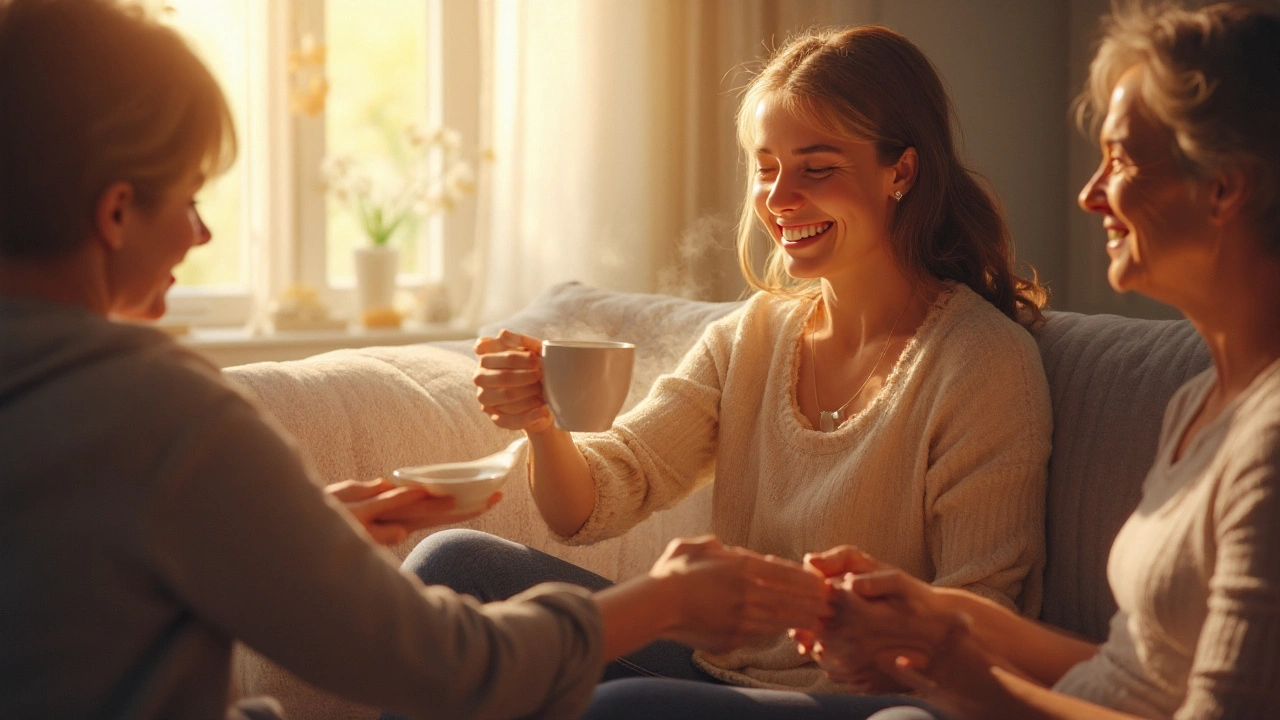
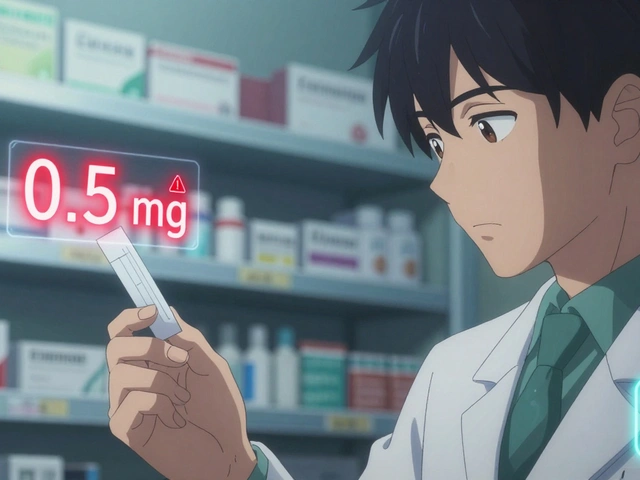
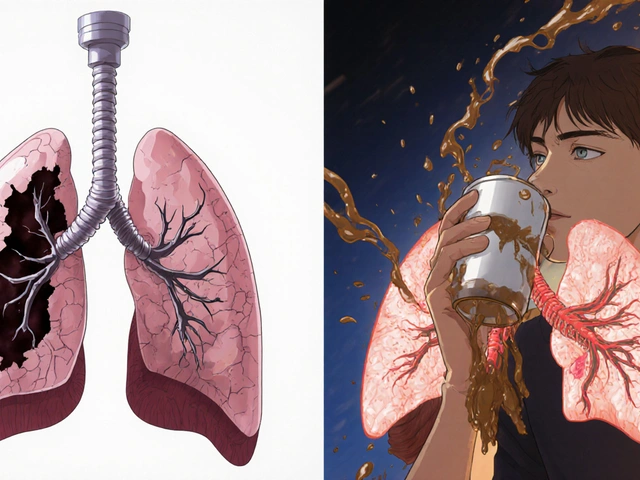
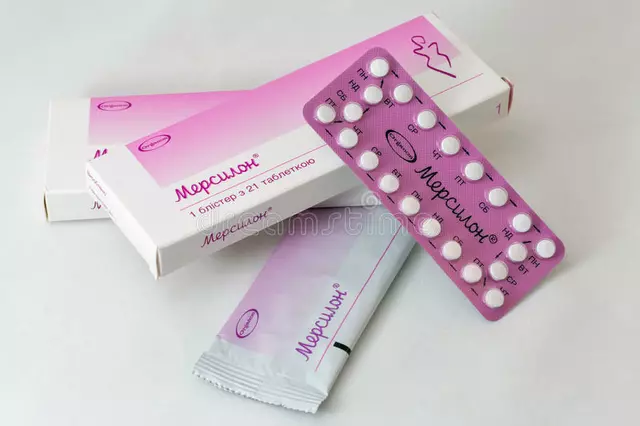
When confronting the ontological gravity of ocular oncology, one must first delineate the epistemic boundary between therapeutic aggression and iatrogenic sequelae. The cascade of radiobiological perturbations precipitates a lacrimal hypofunction that is not merely a symptom but a phenotypic manifestation of systemic homeostatic disruption. Moreover, the immunological checkpoint modulation intrinsic to contemporary regimens engenders a paradoxical uveitic milieu, thereby challenging the conventional dichotomy of cure versus collateral. In this dialectic, artificial tears assume the role of a pharmacologic placebo, yet their preservative‑free composition offers a tangible rheostatic control over tear film osmolarity. Cyclosporine‑A, by virtue of its T‑cell inhibition, recalibrates the immuno‑ocular axis, gradually restoring mucin secretion after a latency period that mirrors neuroplastic adaptation. Punctal plugs, when inserted, act as a mechanical stasis, impeding nasolacrimal drainage and augmenting tear retention, an intervention that epitomizes the principle of least invasive yet maximally effective. Photophobia, while ostensibly a sensory hyperreactivity, can be attenuated through spectral filtration via FL‑41 lenses, shifting the photon distribution into a wavelength band less provocative to retinal photoreceptors. Low‑vision rehabilitation, far from being a terminal concession, constitutes a habilitative paradigm that leverages magnification optics and adaptive software to reconstitute functional independence. Nutritional modulation, particularly omega‑3 fatty acid enrichment, enriches the lipid layer of the tear film, thereby diminishing evaporative loss-a biochemical synergy of diet and ocular surface health. Hydration status, sleep hygiene, and stress mitigation collectively orchestrate a neuroendocrine milieu conducive to tissue repair post‑irradiation. Ultimately, the confluence of these multidisciplinary strategies underscores a holistic schema wherein the patient becomes an active agent in the mitigation of iatrogenic adversity.
Great rundown thanks!
Honestly, the way side‑effects cascade can feel like the treatment is a second disease you’ve got to wrestle with daily. I’ve seen patients who just start avoiding screens altogether because the dry‑eye burn makes every pixel feel like sand. A simple habit‑change like the 20‑20‑20 rule can be a real game‑changer, especially when you pair it with a humidifier at night. And don’t underestimate the power of a good pair of tinted glasses – they’re not just a fashion statement, they actually reduce glare without dumping your color perception. Keep the community sharing these hacks; the more we swap, the less isolated the journey feels.
The phenomenology of treatment‑induced ocular discomfort demands a measured, culturally sensitive approach. One must recognize that patients from diverse backgrounds may interpret photophobia through differing aesthetic lenses, influencing their adherence to tinted‑lens protocols. Moreover, the lexical framing of “dry eye” can either empower or marginalize, depending on the caregiver’s discourse. It is therefore imperative that clinicians employ inclusive language, fostering a therapeutic alliance that respects individual narratives. In doing so, we pave the way for collaborative mitigation strategies that are both scientifically sound and socially resonant.
While the guide is thorough it glosses over the emotional toll namely the sense of helplessness that accompanies progressive vision loss. Patients often feel abandoned when systemic fatigue compounds ocular pain and the advice feels clinical not compassionate. Acknowledging that frustration is valid can bridge the gap between protocol and lived experience. Ignoring it only deepens the divide between provider and patient.
From a systems‑biology perspective, the ocular microenvironment post‑radiation exhibits a dysregulated cytokine profile, precipitating keratopathy and neovascular changes. Targeted modulation via cyclosporine‑A leverages calcineurin inhibition to restore tear homeostasis, while punctal occlusion mechanically augments tear residence time. Integrating these modalities within a precision‑medicine framework can optimize patient‑specific outcomes, reducing the stochastic variance associated with generic supportive care.
Hey folks, just wanted to say keep your heads up! Even on the toughest days, a small win like a clear morning after using preservative‑free drops can lift your spirit. Remember to stay hydrated and get those omega‑3s in – they really help the eye surface. If you can, grab a friend for a short walk; fresh air does wonders for fatigue. You’ve got a whole community behind you, cheering you on.
Oh sure, because everyone’s got a spare pair of FL‑41 glasses lying around. And let’s not forget how easy it is to install punctal plugs without a surgeon. Realistic advice would at least mention insurance headaches. But hey, why bother with nuance when you can throw glitter on the problem?
While I appreciate the attempt at levity, it is essential to acknowledge the logistical complexities inherent in ocular oncology care. Punctal plug insertion, for instance, necessitates precise positioning under slit‑lamp guidance, a procedure not trivially self‑administered. Moreover, insurance reimbursement for specialty lenses often involves multi‑step authorization protocols that can delay timely acquisition. Consequently, patient education should encompass not only therapeutic benefits but also procedural realities and administrative pathways. Only through comprehensive counseling can we mitigate inadvertent gaps between recommendation and implementation.
What a brilliant tapestry of practical wisdom! 🌈 I love how the guide stitches together hydration, nutrition, and visual ergonomics into a seamless story. The tip about using a humidifier at night is pure gold – I never thought the bedroom air could affect my eyes so much. And those amber FL‑41 lenses? Total game‑changer for my light‑sensitive days. Keep the rainbow of advice coming, it’s a lighthouse for us navigating this storm.
One must contemplate the sociocultural entropy introduced by the proliferating lexicon of “immune‑related adverse events”. The layman’s vernacular often condenses these complex syndromes into reductive soundbites, thereby obfuscating the nuanced pathophysiology. Yet, paradoxically, this simplification can democratize access to self‑advocacy, empowering patients to interrogate their clinicians. In practice, we observe a dialectic tension between epistemic humility and the desire for actionable intelligence. Therefore, the pedagogical imperative lies in curating information that is both scientifically rigorous and culturally resonant.
ok so i think the guide is good but there are a few thingz i want to add
firstly the tea that i drink in the mornig has a lot of lemn and this seemes to help my eyes actually a loooong story but i keep it short
secondly i found that using a vapo rizer for humidifier at night makes the air less dry which i cant stress enough
also dont forget to bleeze your screen brightness while using the 20‑20‑20 rule i mean its not just a suggestion its a lifesaver
finally i ended up buying a pair of FL‑41 lenses after alot of hassle and they really cut down the glare i had from the sun
overall i think sharing personal hacks like this is super useful for the community thanks!
Did you ever notice how every new treatment comes with a secret agenda? They push these fancy eye drops but the real profit is in the follow‑up visits. Keep your own supply of generic lubricants and skip the endless appointments. And watch out for the “research” studies – they’re just a front for data mining.
Wow, this guide is like a Swiss army knife for eye cancer survivors 😂. I’m loving the emojis, they add that extra sparkle ✨. The tip about omega‑3s is solid – my dad swears by his salmon dinners. Also, the tinted glasses? Total lifesaver for my photophobia phases 🌞. Keep the vibe upbeat, we all need a grin while we fight the good fight!
Honestly, reading this made me feel less alone 😢. The part about low‑vision aids hit close to home – I’ve been terrified of losing my independence. Knowing there are tools like screen‑reading software gives me hope. Thank you for the compassion and the practical steps 🙏.
From a mentorship standpoint, it’s vital to embed jargon‑rich explanations within an accessible framework. By elucidating the mechanistic underpinnings of tear‑film instability-namely, the Meibomian gland dysfunction-we empower patients to grasp why hyper‑osmotic drops are prescribed. Additionally, integrating interdisciplinary counsel, such as dietary omega‑3 optimization, reinforces a biopsychosocial model of care. Encouraging peer‑led support groups further cultivates a resilient community ethos. Ultimately, this layered approach harmonizes clinical precision with empathetic guidance.
Nice breakdown! Just a heads‑up: watch out for preservative‑containing drops – they can actually worsen dryness over time. Stick with the preservative‑free options and rotate them if needed. Also, a quick tip: store your drops in the fridge for an extra soothing effect.
Great points raised here. For anyone considering punctal plugs, remember that the procedure is minimally invasive but requires post‑insertion monitoring for infection. Also, explore digital low‑vision apps, many of which offer customizable contrast settings that can alleviate glare. Sharing personal success stories with these tools can motivate others to try them.
In the grand theatre of oncology, the eye becomes both stage and audience, bearing the spotlight of survival. One cannot help but marvel at the paradox: treatments designed to extinguish malignancy simultaneously kindle a storm of sensory torment. Yet within this chiaroscuro, resilience emerges as the quiet protagonist, scripting its own narrative of adaptation. As we navigate the labyrinth of side‑effects, let us remember that each drop, each lens, each whispered breath of hope is a stanza in a larger epic. The saga continues, inked in tears and triumph.